10 Pollinator Plants – Bring Bees To Your Garden
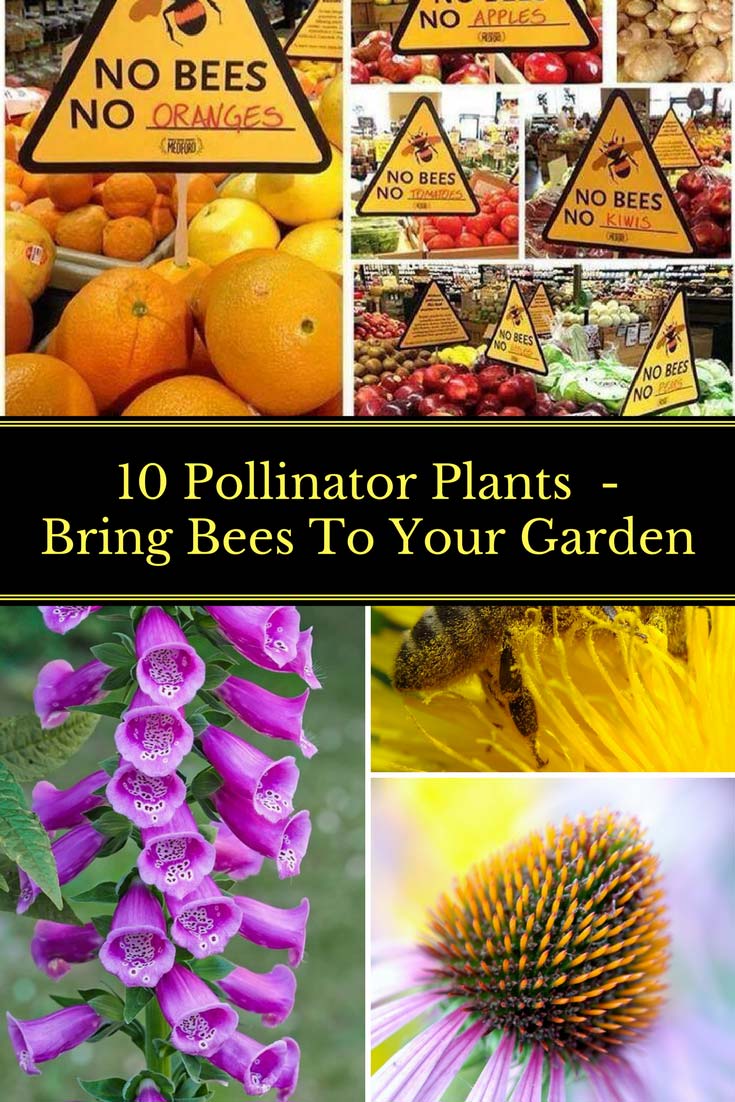
Spring is in the air and in the ground. The soil is warm enough for planting but before you rush out to buy hybrid flowers from the big box stores, think about what kinds of plants will most benefit your local pollinators while still providing beautiful borders and lush gardens to meet your own aesthetic needs.
With a little care and attention, your yard can be a season-long garden party for bees who will pay you back for your support by pollinating your blueberry bushes and fruit trees, not to mention providing a vital ecological foundation as a keystone species that all life on this planet relies on.
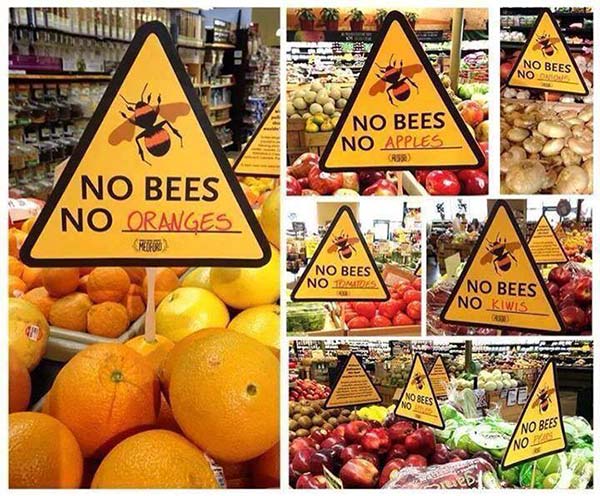
Native North American bee populations are on the decline due to pesticide exposure, loss of habitat, forage scarcity and other ecological and environmental factors. If you’re looking to give pollinators a helping hand, there’s no time like the present. Many gardeners have heard the call and are eagerly stepping up by planting pollinator gardens which provide forage, nesting habitat and nectar for bees and other pollinators.
Did you know that North America is home to over 4,000 distinct species of native bees which vary in size, nesting habits and foraging needs? There are certain bee species which can only pollinate one kind of flower or plants from only one family. Due to the diversity of species, it’s important to plant a variety of flowers to provide options for pollinators with different specializations.
Here are some qualities to keep in mind when selecting flowering plants for pollinators:
Beginning and end of season blooms – Bees need food all season long, not just in June and July when most summer plants are blooming. It’s good to plant a variety that spans the growing season and provides nectar and pollen from early spring to late summer. Bugleweed, lilacs, and nepata all bloom early in the year. There are several shrubs that bloom early as well, such as juneberries and dogwoods. There are even bee-friendly flowers that bloom into the fall, such as sedums and goldenrod. Edible resources are scarce during these times; strategically planting early and late bloomers can be a big support to hungry bees.
Landing pads – You heard me, large bees require a large landing pad on which to settle before they can access the nectar. Flowers with large lower petals provide secure footing for larger species of native bees. Bumble bees are one of these large species and, due to their size and long tongues, they are one of the only bees capable of pollinating certain flower varieties. Bumble bees actually use their superior brute force to pop open the enclosed nectaries of flowers such as snapdragons, lupines, Baptisia and pea blossoms. Only bees with long tongues can access the nectar of tubular flowers popular in suburban gardens such as salvias and phlox.
Small, shallow flowers – Many of the smallest bee species require shallow nectaries that they can access with their shorter tongues. These plants tend to have an abundance of small flowers. Goldenrod, angelica, and oregano are good examples of plants with clusters of itty bitty flowers that are perfect for tiny native bees. Another kind of flower that looks a little different but also provides exposed nectaries accessible to the smallest native bees are those with daily-like qualities distinguished by their central disc composed of hundreds of miniscule flowers and encircled by petals. Other flowers included in this category are coreopsis, black-eyed susans, and sunflowers.
Low maintenance – You might be looking for low-maintenance plants anyway, for obvious reasons – who doesn’t like to make life a little easier on themselves? – but you might not have realized that it benefits bees and butterflies too. It’s best not to disturb your pollinator garden too much. To that end, avoid plants that need frequent pruning and maintenance. Delicate plants that are prone to pests and disease might require pesticides which could seriously harm, even kill, the pollinators you are trying to help. Never use pesticide, fungicide, or other toxins in a pollinator garden.
Avoid doubles – Double flowers are characterized by thick layers of petals. They are often considered some of the most beautiful and desirable in flower gardens for their fancy displays but they are useless to bees who cannot navigate through all the petals to find the nectar. Some flowers that would ordinarily provide sustenance to bees, such as sunflowers and coneflowers, have been bred as double flowers, making their nectar virtually inaccessible if not completely absent.
Hollow stems – Most of us think of bees as necessarily belonging to a hive. While this is generally true for European varieties, most native North American bees are solitary. Females use hollow plant stems for shelter and to build brood chambers. In this way, plants with hollow stems can greatly benefit bees by providing nesting habitat. One of the best plants for this purpose is the aptly named bee balm, which also provides pollen and nectar. Other good choices include coneflowers, raspberry vines, goldenrod, elderberries and mountain mint. At the end of the growing season, leave dead stems or cut them down, leaving one foot in which bees can overwinter.
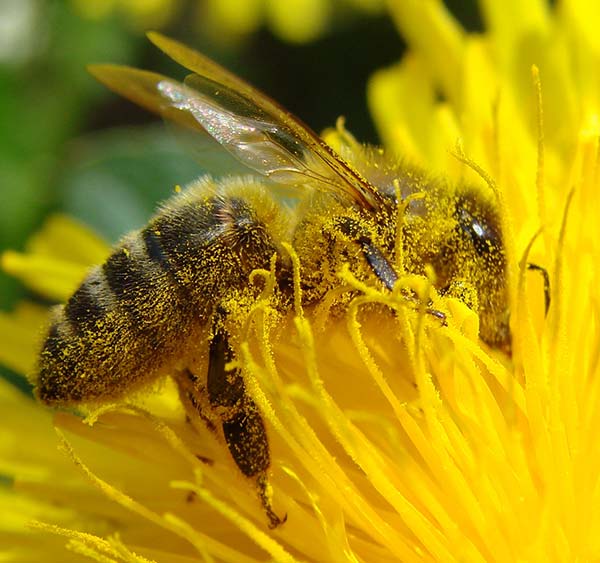
10 of the most beneficial pollinator plants
- Coneflowers – The coneflower’s shape is irresistible to bees.
- Yarrow – In addition to being a good source of pollen and nectar, yarrow is beautiful, hardy, and medicinal.
- Milkweed – This plant is most well known as the sustenance for monarch butterflies but it is also food for bees.
- Foxgloves – This is one of the most dramatically beautiful pollinator plants.
- Blueberries – Blueberry bushes provide more than blueberries; they are also a wonderful early blooming source of food for bees.
- Asters – A popular choice in pollinator gardens, asters are like bee-friendly daisies.
- Sunflowers – Magnificent in any garden, sunflowers are highly beneficial to bees, easy to grow, and provide seeds to eat.
- Primroses – A favorite of pollinators and gardeners, primrose might look delicate but is actually quite resilient.
- Lavender – It’s hard to go wrong with lavender. It’s a beautiful and fragrant medicinal herb.
- Hyssop – A plant that offers benefits to bees and a welcome aesthetic upgrade for the gardener.
 Home and Gardening Ideas At home and Gardening ideas we believe inspiring readers about homesteading, self sufficiency
Home and Gardening Ideas At home and Gardening ideas we believe inspiring readers about homesteading, self sufficiency
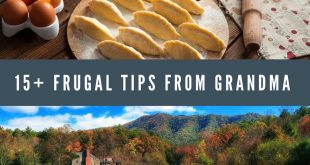
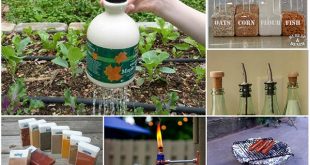
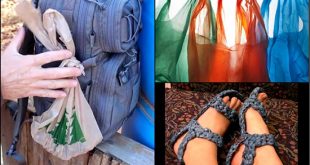



One comment
Pingback: Here’s The Buzz: 16 Plants That Benefit Bees